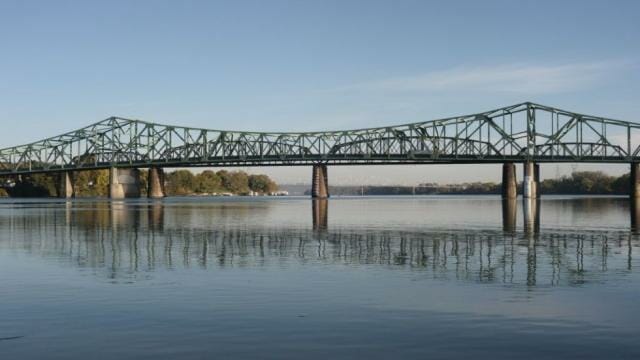photo: © Getty Images
Environmental Protection Agency (EPA) head Scott Pruitt has signed a directive giving himself more authority to determine environmental regulations for projects near regional waterways, according to a memo released Wednesday. The internal document obtained by the advocacy group Public Employees for Environmental Responsibility (PEER) gives the EPA chief final decision-making authority over the protections of streams, ponds and wetlands.
The one-page March 30 memo vests Pruitt the authority to make “final determinations of geographic jurisdiction,” under the Clean Water Act, also known as the Water of the United States (WOTUS) rule.
The new order heavily downplays the role of local EPA experts in the field who in the past have made the final recommendations –– and often decisions –– regarding necessary environmental protections in their region.
The change will allow Pruitt to play a lead role in evaluating whether a project near waterways or wetlands would have negative environmental effects, affecting various projects including coal refineries and power plants. In order to continue, the projects must receive permits from the Army Corps of Engineers as well as approval from the EPA. EPA spokeswoman Liz Bowman said the policy change is meant to centralize the agency’s decision […]
Full article: Pruitt takes over authority for EPA water protections policy
More about changes affecting the Clean Water Act:
New rules limiting clean water protections ignore stream science
EPA’s Own Data Refutes Justification for Clean Water Act Rollback
Trump rolls back decades of Clean Water Act protections
Supreme Court rules against Trump administration on Clean Water rule
Don’t be silent about the EPA Clean Water rollback
Watershed Planning Program (WPP) — Massachusetts


